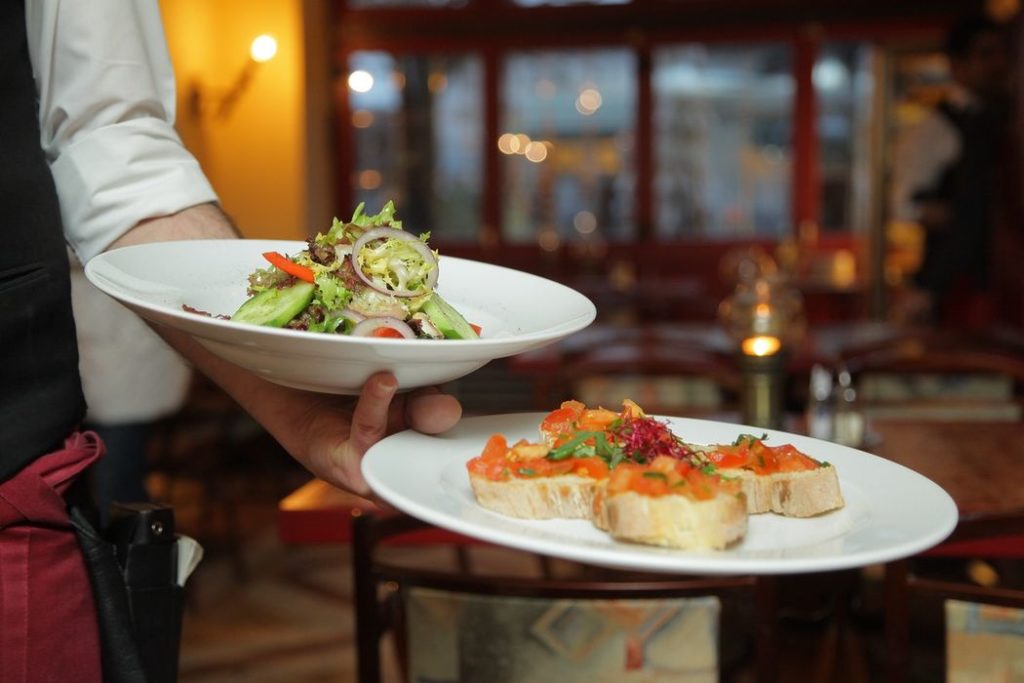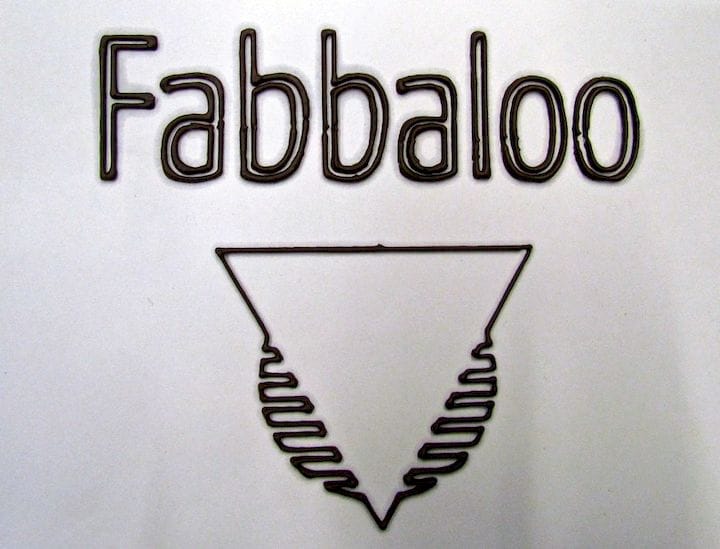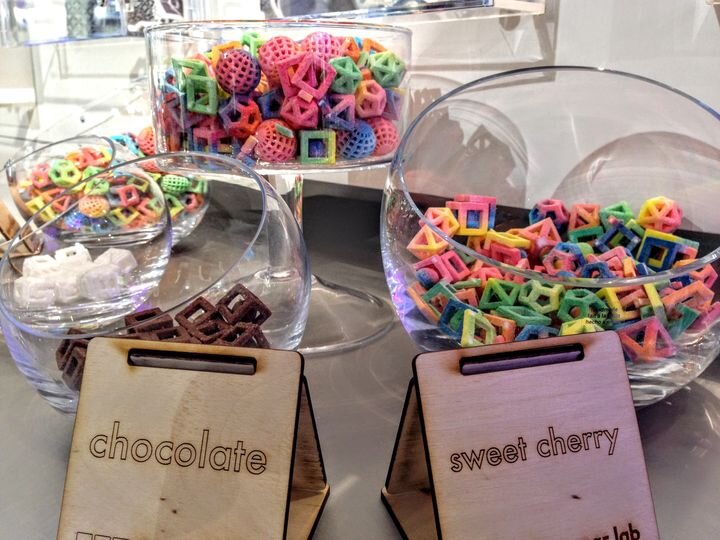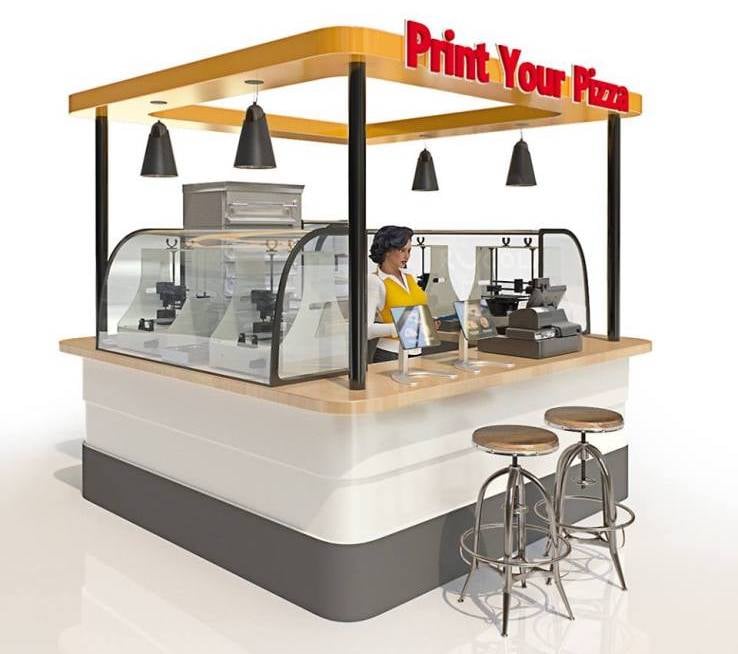
A new venture fund, Cultivate Next, will offer US$50M towards companies developing restaurant tech.
According to a story on TechCrunch, the fund was created by restaurant giant Chipotle, who is interested in solving many of the common problems of operating restaurants. In 2019 the company had previously created a startup accelerator dedicated to food tech companies.
One of the top level concerns in the restaurant business is the increasing difficulty in attracting staff to perform the manual labor required for operation.
This suggests robotic solutions could be one of the key funding avenues for Cultivate Next.
TechCrunch said:
“Cultivate Next’s debut comes as quick-service restaurants, particularly large chains, increase their investments in technologies that promise to streamline operations while bolstering revenue. Events over the past several years including the pandemic (and subsequent labor shortages) have forced operators to explore technological solutions to longstanding industry challenges, whether contactless point-of-sales systems or — in Chipotle’s case — chip-frying robots.”
In the past we’ve seen multiple attempts at producing food 3D printers. Early attempts were quite rudimentary involving paste extruders and any foodstuff that could be converted into peanut butter consistency. Extruded minced meat was deep fried into fun shapes.
That’s not really suitable for restaurants, and to my knowledge, there are no commercial food 3D printers with paste technology still surviving.

Another approach has been chocolate 3D printing. There are a couple of dedicated chocolate 3D printers still on the market, like ChocEdge. More successful has been chocolate 3D printing services, like La MIAM Factory.

3D System’s sugar 3D printer was announced with great fanfare, but now it seems to have disappeared into corporate obscurity at Brill Culinary Studio.

Another venture, BeeHex, began to develop pizza-making robots five years ago, but today they seem to be selling 3D cake decorating hardware.
What I’m trying to say here is that the field of food 3D printing is still wide open for new technological developments.
Startup ventures would have to tackle the fundamental issues in food printing:
- Print speed: food must be prepared far faster in order to be useful at restaurants where customers won’t wait
- Food Variety: food production must involve multiple ingredients in order to prepare normal dishes eaters expect
- Food Types: equipment must be able to handle food in different forms, including solid, liquid, paste, etc.
- Software: Software must be developed to enable creation of unique food products and leverage food making technology in ways similar to what has happened for mechanical parts
I expect some Fabbaloo readers may have radically new ideas for how food might be 3D printed. The Cultivate Next fund could be part of the path for those ideas to become reality.
Meanwhile, I’m still waiting for the pizza robot.
Via TechCrunch and Cultivate Next

